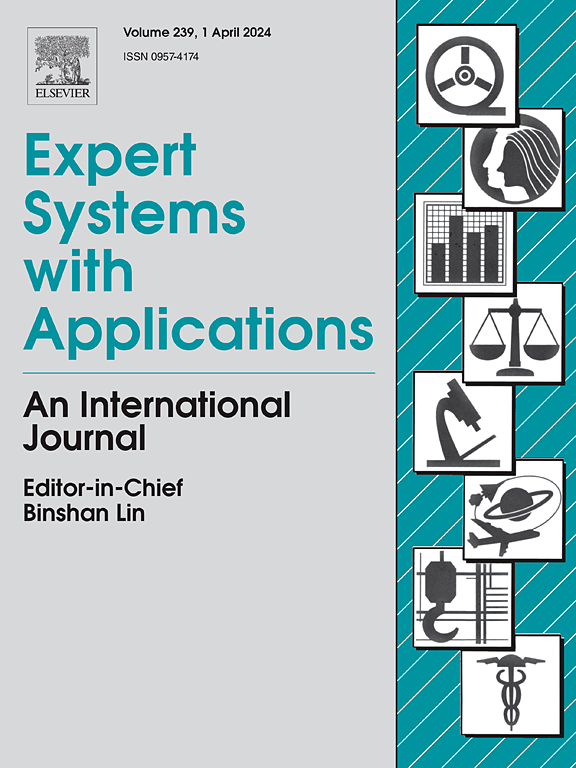Adaptive shape imitation and selective semantic guidance for industrial surface defect detection
IF 7.5
1区 计算机科学
Q1 COMPUTER SCIENCE, ARTIFICIAL INTELLIGENCE
引用次数: 0
Abstract
Surface defect detection is increasingly valued within the realm of manufacturing industries, not only for ensuring the manufacturing quality and service life of industrial products but also for facilitating the repairing and re-manufacturing of defective surfaces. Despite significant advancements made by existing works, issues such as blurred boundaries, irregular shapes, and scale variances of surface defects continue to pose substantial challenges to industrial surface defect detection tasks. We believe the more adaptive and effective representation of the complex and diverse defects is the key to addressing these challenges. To this end, this work proposes an innovative feature extractor with flexible shape imitation capability and a novel feature fuser incorporating strong semantic guidance capability. Concretely, to adaptively represent irregularly-shaped defects, we design a plug-and-play shape-imitation convolutional kernel to yield flexible receptive fields and model long-distance dependencies with a partial computation strategy and rapid feature-memory retrieval mechanism. Meanwhile, to fully characterize weak and scale-varying defects, we construct a selective semantic-guided feature pyramid structure to contextually guide the network’s attention to crucial features and dynamically cross-fuse different levels of defect features. Four lite decoupled heads with wise IoU-based losses are employed to further enhance the detector’s accuracy. Overall, this work develops an effective and efficient method that significantly improves the performance of industrial surface defect detection while maintaining a favorable accuracy-speed balance and high scene adaptability. Extensive experiments on six industrial defect datasets (steel strips, steel sheets, rails, aluminum profiles, optics, and circuit boards) demonstrate the superiority of our method over other competitive approaches. The proposed method achieves either the best or at least second-best detection accuracy with lightweight model parameters and a real-time inference speed.
求助全文
约1分钟内获得全文
求助全文
来源期刊

Expert Systems with Applications
工程技术-工程:电子与电气
CiteScore
13.80
自引率
10.60%
发文量
2045
审稿时长
8.7 months
期刊介绍:
Expert Systems With Applications is an international journal dedicated to the exchange of information on expert and intelligent systems used globally in industry, government, and universities. The journal emphasizes original papers covering the design, development, testing, implementation, and management of these systems, offering practical guidelines. It spans various sectors such as finance, engineering, marketing, law, project management, information management, medicine, and more. The journal also welcomes papers on multi-agent systems, knowledge management, neural networks, knowledge discovery, data mining, and other related areas, excluding applications to military/defense systems.
 求助内容:
求助内容: 应助结果提醒方式:
应助结果提醒方式:


